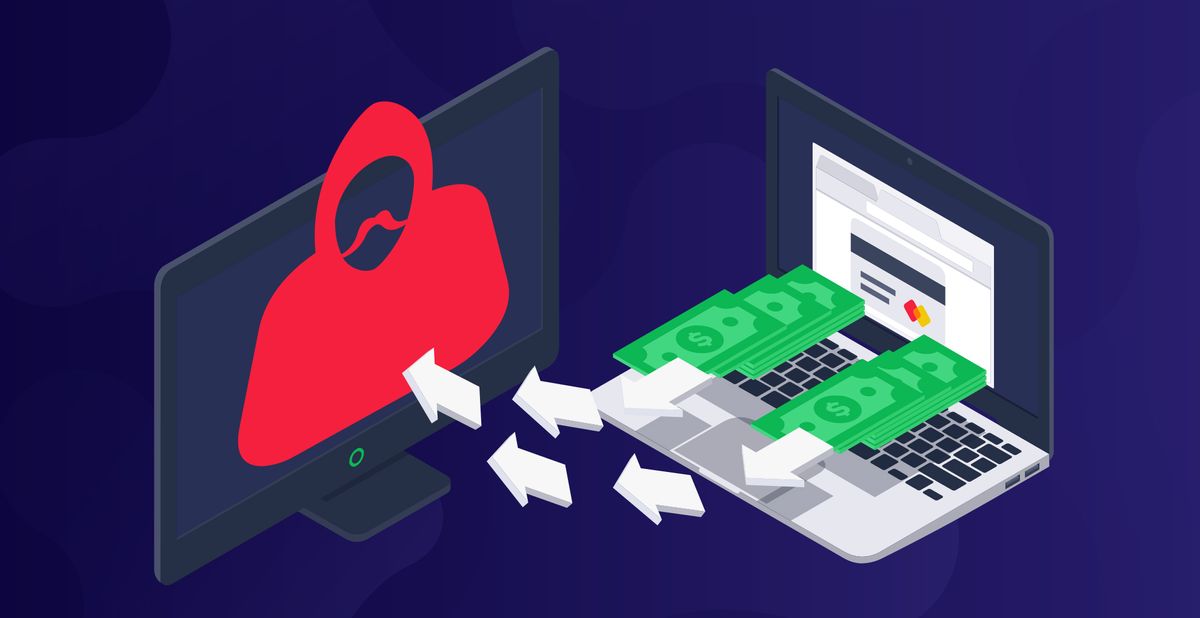
A new email campaign is seeking to encrypt as many endpoints (opens in new tab) with the Lockbit 2.0 ransomware as it can. Given the contents of the email being distributed, it would seem the campaign is aimed at webmasters and website owners.
The email “warns” the victim that their website is hosting copyright-protected content, and that they’re infringing on that copyright. It also urges the victim to remove the content from their websites immediately, or face legal action.
But here’s the big red flag – instead of simply listing the copyrighted content directly in the email, the contents are shared in a password-protected .ZIP archive.
Evading email protection
The archive contains a compressed file, an executable file posing as a PDF document. The executable is an NSIS installer, loading the LockBit 2.0 ransomware which, in turn, encrypts all of the files on the endpoint.
By wrapping the file and placing it in a password-protected archive, the attackers hope to evade their payload being detected by email security tools.
Copyright claims are not exactly a novelty when it comes to distributing malware, the publication has found. Earlier this year, there had been “numerous” emails of this sort, disrtibuting the likes of BazarLoader, or the Bumblebee malware loader.
LockBit 2.0 is by far the most widespread ransomware variant, security researchers from NCC group have said. Allegedly, LockBit 2.0 accounted for 40% of all ransomware attacks that happened in May this year.
Ransomware (opens in new tab) is an extremely popular type of malware (opens in new tab)as it holds the promise of great earnings. Businesses are advised to educate their employees how to spot phishing emails, keep their software and hardware updated, and install advanced antivirus (opens in new tab) solutions.
Via: BleepingComputer (opens in new tab)
